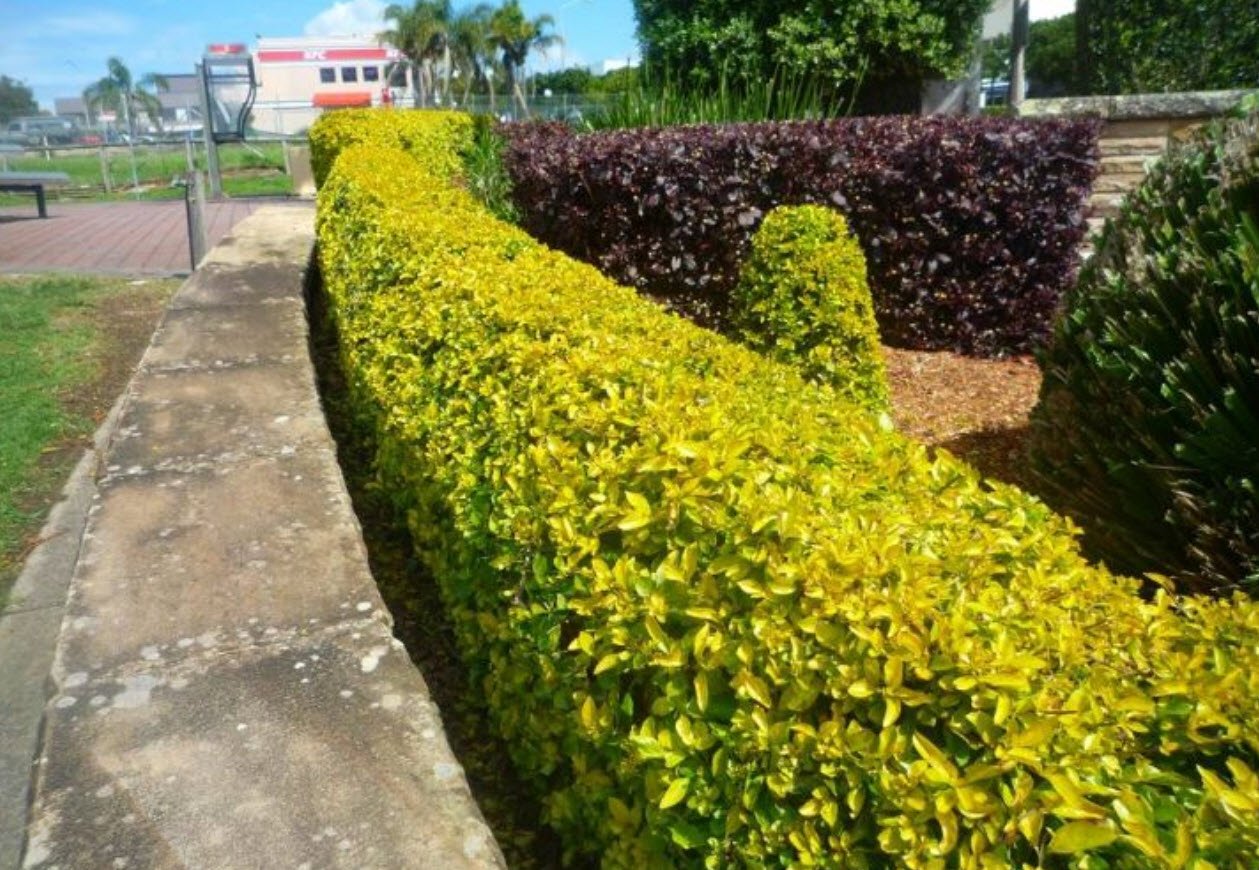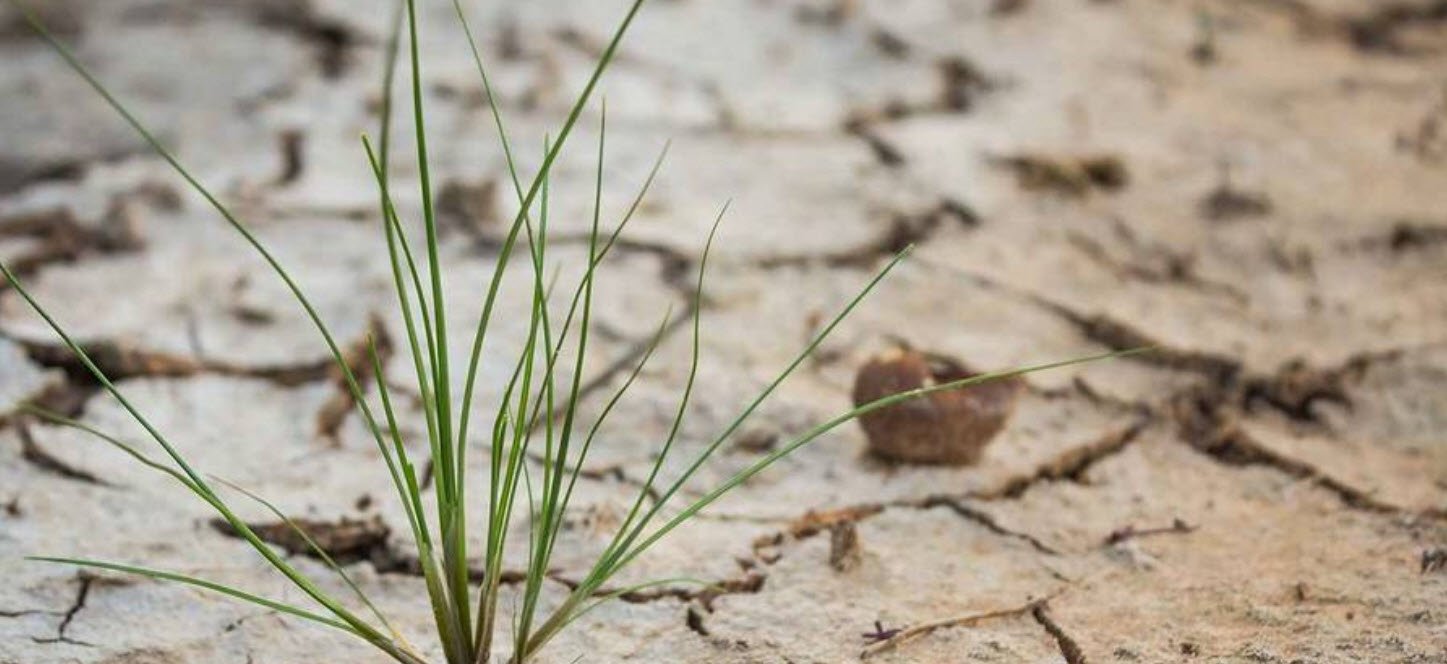
Commercial fertilizers are normally applied as a dry, granular material or mixed with water and poured onto the garden. If using granular materials, avoid spilling on sidewalks and driveways because these materials are water soluble and can cause pollution problems if rinsed into storm sewers.
Granular fertilizers are a type of salt, and if applied too heavily, they have the capability of burning the plants. If using a liquid fertilizer, apply directly to or around the base of each plant and try to contain it within the garden only. To decrease the potential for pollution and to gain the greatest benefits from fertilizer, whether it’s a commercial variety, compost, or other organic materials, apply it when the plants have the greatest need for the nutrients.
Plants that are not actively growing do not have a high requirement for nutrients; thus, nutrients applied to dormant plants, or plants growing slowly due to cool temperatures, are more likely to be wasted.
While light applications of nitrogen may be recommended for lawns in the fall, generally, nitrogen fertilizers should not be applied to most plants in the fall in regions of the country that experience cold winters. Since nitrogen encourages vegetative growth, if it is applied in the fall it may reduce the plant’s ability to harden properly for winter.
To save money while still providing your lawn and garden with extra nutrients, simply mow your lawn on a regular basis and leaving the grass clippings to decompose on the lawn, or spread them around your garden to decompose into the soil. Annually, this will provide nutrients equivalent to one or two fertilizer applications and it is a completely organic means of boosting a soil’s nutrient content.
The fertilizer in this garden has only been applied to the garden rows.
In some gardens, you can reduce fertilizer use by applying it around the individual plants rather than broadcasting it across the entire garden. Much of the phosphorus in fertilizer becomes unavailable to the plants once spread on the soil. For better plant uptake, apply the fertilizer in a band near the plant.
Do not apply directly to the plant or in contact with the roots, as it may burn and damage the plant and its root system.
How to Properly Apply Fertilizer to Your Garden
- Apply fertilizer when the soil is moist, and then water lightly. This will help the fertilizer move into the root zone where its nutrients are available to the plants, rather than staying on top of the soil where it can be blown or washed away.
- Watch the weather. Avoid applying fertilizer immediately before a heavy rain system is predicted to arrive. Too much rain (or sprinkler water) will take the nutrients away from the lawn’s root zone and could move the fertilizer into another water system, contaminating it.
- Use the minimum amount of fertilizer necessary and apply it in small, frequent applications. An application of two pounds of fertilizer, five times per year, is better than five pounds of fertilizer twice a year.
- If you are spreading the fertilizer by hand in your garden, wear gardening gloves and be sure not to damage the plant or roots around which you are fertilizing.
Rules of Thumb for Proper Fertilizer Use
It is best to apply fertilizer before or at the time of planting. Fertilizers can either be spread over a large area or confined to garden rows, depending on the condition of your soil and the types of plants you will be growing.
After spreading, till the fertilizer into the soil about 3 to 4 inches deep. Only spread about one half of the fertilizer this way and then dispatch the rest 3 inches to the sides of each row and also a little below each seed or established plant. This method, minus the spreader, is used when applying fertilizer to specific rows or plants by hand.
You may also like:- Top 10 Plants You Can Grow Instead of a Fence
- Winter Sowing – Growing Resilient Plants From Seed in the Cold
- 12 Medicinal Plants You Can Grow At Home
- Effective Gardening Tips for Saline Soils
- Effective Strategies For Working With Shallow Soils
- Effective Strategies For Working With Acid Soils
- Perennial Plants: The Garden’s Timeless Beauties
- Understanding the World of Horticulture: Varieties, Propagation, and More
- Top Strategies for Dealing with Compacted Soils
- Top 6 Effective Strategies For Working With Wet Soils








